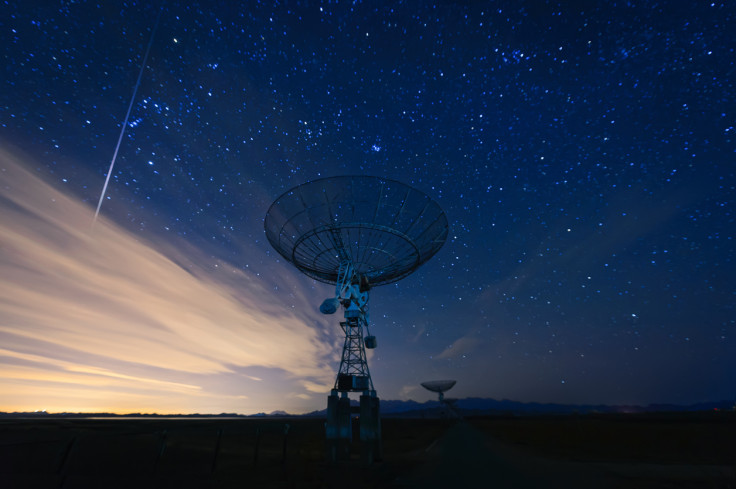FRB: Mysterious space signals are likely firing off every single second across the universe
Fast radio bursts continue to pose a mystery to scientists, with questions surrounding where they originate from.

Ever since fast radio bursts (FRBs) were first discovered in 2001, they have posed a mystery to scientists, with questions surrounding how and where they occur. Astronomers have spotted a few dozen FRBs over the past few years and even estimated the possible origin location of the mysterious signals.
However, what causes these signals still remains a mystery. Scientists now estimate that the mysterious radio signals may be firing off every second, all across the universe.
Most FRB sources are only detected once, given that the powerful bursts last just milliseconds. One particular burst, FRB 121102, which was first detected in 2002, has since fired a further 34 bursts over the years since.
This has allowed astronomers to pinpoint the location of the FRBs, which was discovered coming from a galaxy three billion light years away.
Now, two astronomers at Harvard-Smithsonian Center for Astrophysics (CfA) have estimated that FRBs are emitted at a rapid rate.
"If we are right about such a high rate of FRBs happening at any given time, you can imagine the sky is filled with flashes like paparazzi taking photos of a celebrity," said Anastasia Fialkov of the CfA, who led the study. "Instead of the light we can see with our eyes, these flashes come in radio waves."
Although the cause of the mysterious signals still remains a mystery, the new study indicates that FRBs may be not be as rare as previously thought. "In the time it takes you to drink a cup of coffee, hundreds of FRBs may have gone off somewhere in the Universe," said Avi Loeb, co-author of the study. "If we can study even a fraction of those well enough, we should be able to unravel their origin."
Researchers say that FRBs could help scientists unravel the origins of the universe. "FRBs are like incredibly powerful flashlights that we think can penetrate this fog and be seen over vast distances," said Fialkov. "This could allow us to study the 'dawn' of the universe in a new way."
The study was published in The Astrophysical Journal Letters.

© Copyright IBTimes 2025. All rights reserved.






















